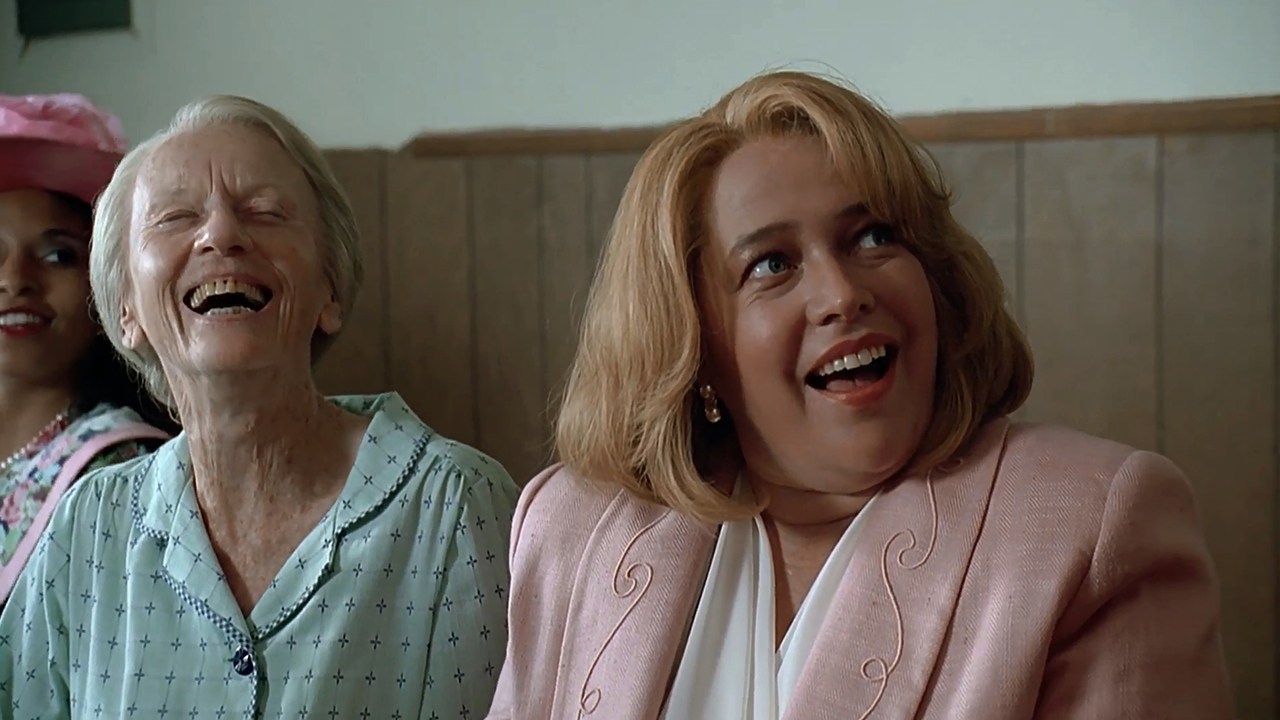
While the emotional power of Fried Green Tomatoes often lies in its characters and narrative structure, an unsung hero of the film is its music — a blend of Southern gospel, bluesy undertones, and evocative score that acts like a second narrator, guiding viewers through memory, grief, joy, and healing.
In this article, we explore how Thomas Newman’s score and the curated soundtrack contribute to the film’s rich emotional tapestry — often without us realizing just how much.
🎻 The Composer: Thomas Newman’s Signature Touch
Thomas Newman is known for his ability to craft soundscapes that evoke deep feeling with minimalism — think The Shawshank Redemption, American Beauty, and Road to Perdition. In Fried Green Tomatoes, his work is gentle but haunting, creating a mood that resonates long after the scene has ended.
The music flows like memory itself — non-linear, emotional, and atmospheric. Soft piano lines drift in during quiet conversations. Sweeping strings accompany moments of longing or loss. The score never overpowers — it listens as much as it speaks.
🕊️ Memory and Melody
The film jumps between two time periods: the 1920s-30s and the 1980s. The music is a key element that bridges these eras emotionally, even when the scenes aren’t directly connected.
When Ninny Threadgoode recounts her stories to Evelyn Couch, the score shifts — inviting us into her memory. Music becomes the portal between past and present.
In fact, for many viewers, it’s the music that helps anchor emotional transitions: from laughter at the café to heartbreak by a deathbed, from sweet romance to fiery rebellion.
🎵 The Southern Soundscape

The film’s Southern setting is also amplified through its music. We hear gospel hymns, old-timey banjo, and bluesy interludes that feel native to Whistle Stop, Alabama. These sounds do more than establish a setting — they ground us in a cultural identity.
Examples include:
-
“Ghost Train” – a melancholic instrumental that plays as scenes fade between decades.
-
“The Whistle Stop Café” theme – light, nostalgic, and filled with warmth, it becomes a sonic signature of comfort and home.
-
Traditional hymns like Leaning on the Everlasting Arms are used to evoke faith, community, and resilience.
🧠 Music and Emotional Recall
Research shows that music is one of the most powerful tools for triggering emotional memory. In Fried Green Tomatoes, this plays out both on-screen and for the audience.
-
For Evelyn, the music that swells during her transformation from passive to powerful acts as an internal anthem — we hear her becoming someone new before she even acts.
-
For Ruth and Idgie, the music that underscores their quiet moments together gives unspoken weight to their bond — romantic, enduring, and tragic.
By the end of the film, certain musical themes are so tied to emotion that even a few notes are enough to transport the viewer back into the story, much like Evelyn herself being transported by Ninny’s tales.
🔚 Conclusion: A Soundtrack of the Soul
The power of Fried Green Tomatoes lies not only in its story but in how it sounds — how it breathes through music. The score doesn’t just accompany the film. It remembers with us, mourns with us, heals with us.
It’s not just background noise. It’s a heartbeat.
